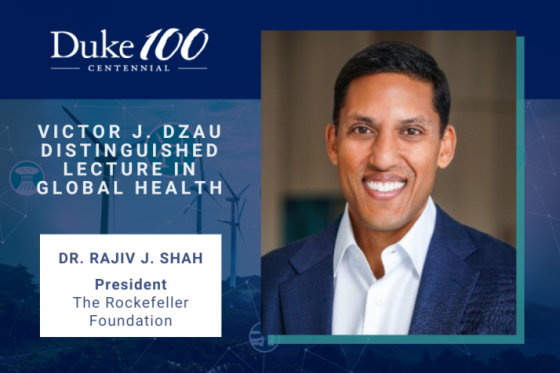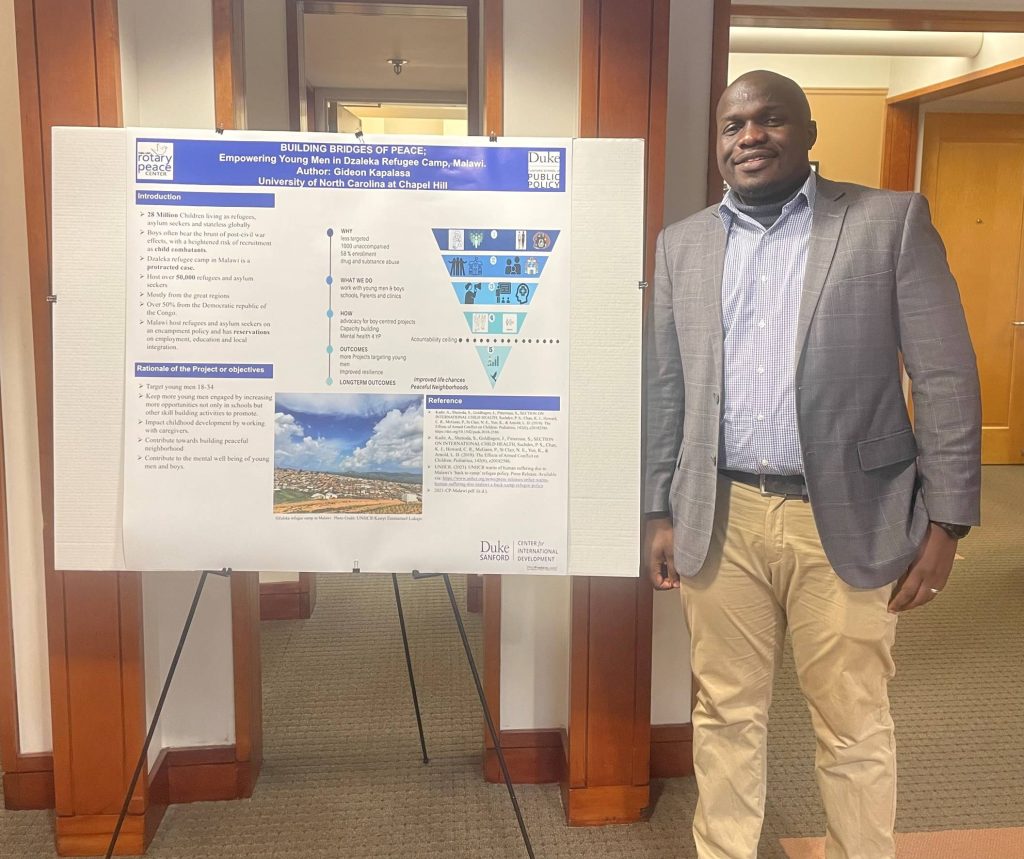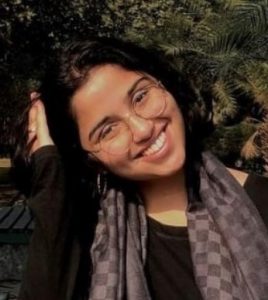If your community relied on COVID-19 rapid tests to reopen safely during the first year of the pandemic, there’s a good chance Rajiv Shah had something to do with it. Not just for his ambition but also for his audacity to transform the nature of our response to pandemics: Rajiv Shah, the president of the Rockefeller Foundation, played a crucial role in scaling up diagnostic testing for COVID-19.
He’s also the man who tackled Ebola with the Obama Administration. Back then, Shah and his team embarked on a “big bet” to deploy 2,500 troops to fight the disease, not on the battlefield, but on the frontlines of human health. Much like the name of his 2023 book “Big Bets,” he embarked on a journey to change the world.
In a Jan. 31 talk hosted by the Duke Global Health Institute, Shah discussed his “big bet mindset” when it comes to tackling public health challenges.

Bet #1 Diagnostic Testing at Scale
For starters, what’s a big bet?
“It’s a big bet you take on the community to help young people get opportunities. Often, when we think of charitable endeavors, we imagine that doing a little bit is beneficial because it makes us feel good. In contrast, a big endeavor means taking on something significant and engaging in the hard work necessary. It’s about going beyond just doing the best we can; this isn’t merely a charitable endeavor, it’s a strategic approach to ensure national security.” Shah explained.
Keeping true to his word, the goal was clear: administer 30 million tests per week to preempt the need for lockdowns and enable a safer, faster return to normalcy. This was not just a health initiative; it was a socio-economic strategy aimed at averting total disaster. He took a big bet, and the numbers spoke for themselves. The Rockefeller Foundation played a pivotal role in assisting schools with their reopening strategies during the pandemic. This support included the establishment of collaborative networks, the development of resources and guidelines, and the provision of expert recommendations. Now do you get why this man probably saved your life? It’s because he did!

Bet #2 A Memo for Bill Gates
It wasn’t all that easy for him though. He had his haters (don’t we all?). Perhaps the difference was, his hater was Bill Gates. But he successfully proved Gates wrong too. Thankfully, Gates and Shah are more like besties than anything now. Despite the initial dismissal of his ideas as “the stupidest thing,” Shah’s persistence and innovative thinking paved the way for a groundbreaking bond structure to fund vaccinations, ultimately saving millions of children’s lives. Shah and Gates – two greats in one room – inevitability led to the production of something good: The Vaccine Alliance. This meeting set the stage for a three-year roadmap focused on a bond structure to fund vaccinations. This initiative ultimately contributed to saving 16 million children’s lives.

The Final Bet: The Power of Experimentation.
I’ll be honest, I was intimidated walking into this room. I was in my Duke hoodie, not expecting fancy foods, and coat checks (good news: this meant they recorded his speech and uploaded it on YouTube. Check it out!).
At the heart of Shah’s philosophy is a belief in the power of experimentation and innovation. His call to “keep experimenting” embodies the spirit of resilience and creativity that is essential for tackling the world’s most daunting health challenges. Being amidst well-suited individuals while donned in a hoodie wasn’t an experiment in the scientific sense, but it was an experience that highlighted the contrast between expectations and reality, comfort zones and the unfamiliar. It served as a metaphor for the broader experiments we’re all a part of—those that push us beyond our boundaries, challenge our preconceptions, and ultimately lead to growth.
His book was called ‘Big Bets’ because the editors thought it was catchy. They were right. But this title doesn’t just grab our attention—it invites us into a world where daring to dream big and taking calculated risks can lead to monumental changes in public health and beyond.




